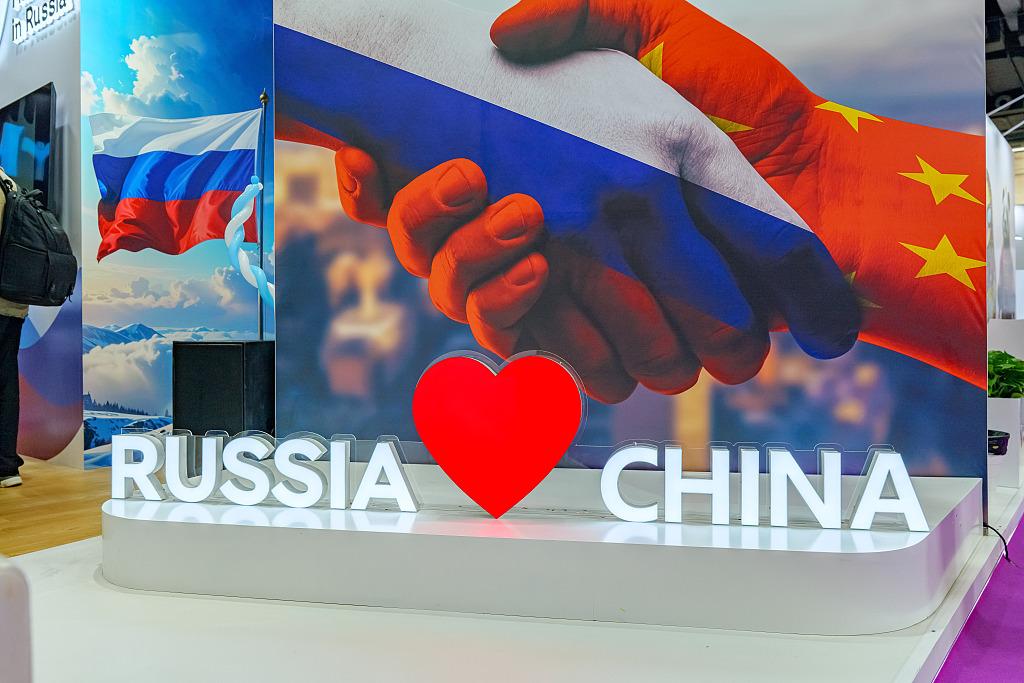Colors to Call its own
By Zhou Wenting in Shanghai | China Daily | Updated: 2018-03-24 01:14

In January, Secretary of the Shanghai Municipal Committee of the Communist Party of China Li Qiang said that Shanghai would carry out an in-depth study of urban design and the use of colors as part of efforts to support the city's ambition of becoming a global hub.
"The right use of colors could make the city more attractive and impart joy to our residents. But Shanghai still has room for improvement in this aspect," said Li during his visit to the Shanghai Municipal Administration of Planning and Land Resources.
"The city should have more warm colors to exude a sense of style instead of looking like a concrete jungle."
Li pointed out that urban planners must come up with a unified guideline regarding the use of colors in order to best reflect the city's unique characteristics. According to local authorities, the Shanghai Urban Planning and Design Research Institute has already started work on crafting this guideline which could be published in the second half of this year.

The predominant colors in Shanghai have constantly been changing. For instance, gray was ubiquitous during the city's industrialization phase.
"In the 1970s and 80s, a large number of factory workers like myself moved into residential buildings that had gray walls and ceilings," said Wang Keyi, a 66-year-old Shanghai native.
"Before the 2010 Shanghai World Expo, many of these buildings underwent a facelift. Authorities added sloping red roofs and painted the exteriors beige, which gave a feeling of warmth and comfort," he added.
Some architectural experts agree that Shanghai's status as a mega city and an influential regional hub warrants the selection of primary colors.
"When one color is used as the main hue, the use of other colors in the surrounding can be controlled so that the landscape won't appear disorderly," said Zhang Ming, deputy director of the department of architecture at Shanghai-based Tongji University.
























